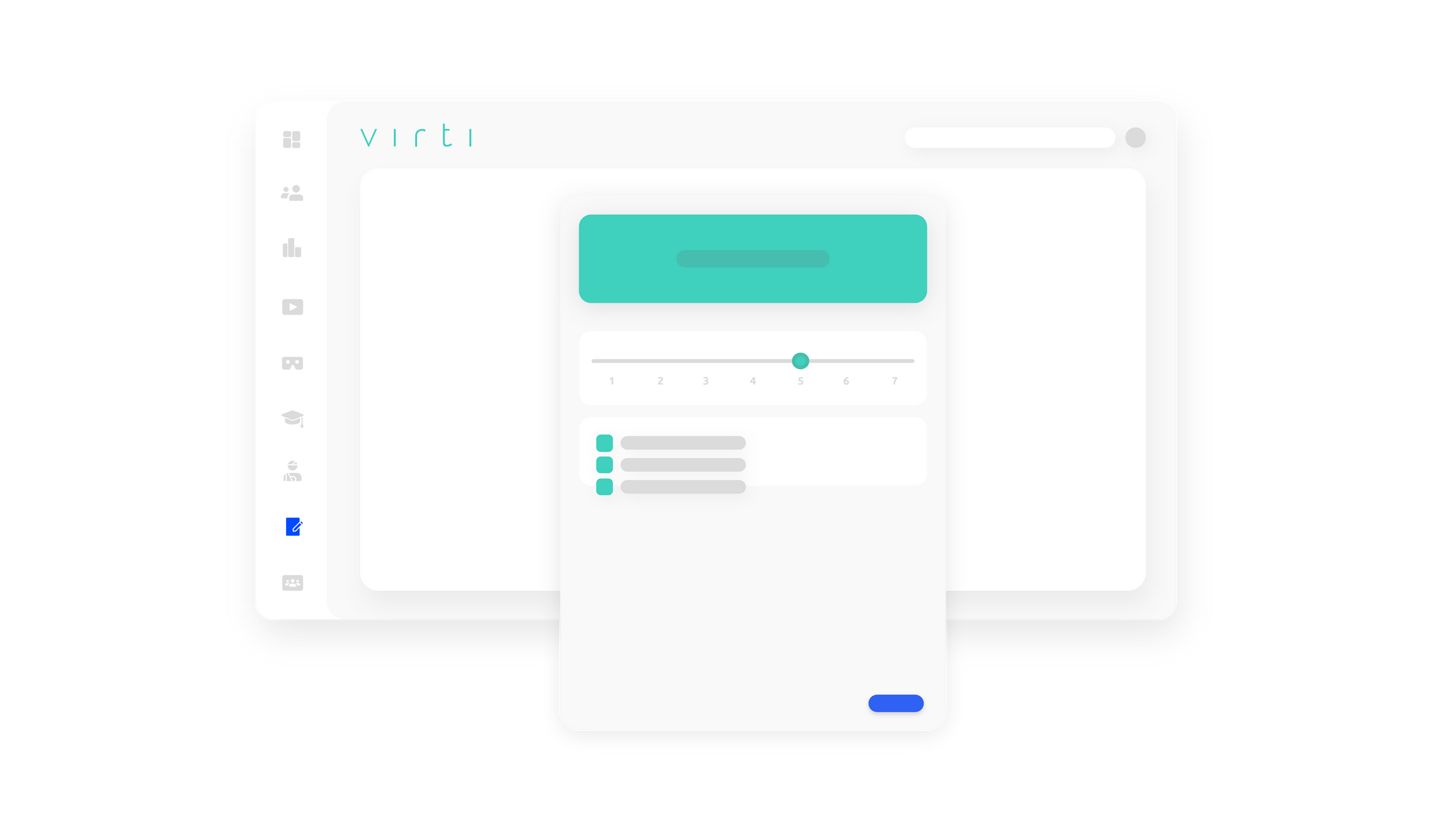How employee feedback can fuel workplace happiness and productivity
We all know that happy employees are productive employees, but how do you create a culture of happiness? The answer lies in understanding what drives employee engagement.

There’s no doubt about it; happiness and productivity go hand in hand. So, in the workplace, making employee satisfaction and wellbeing a top priority is imperative to driving business success. What’s more, since the pandemic has encouraged employees to reevaluate their time, goals and needs, leading to what has been coined the ‘Great Resignation’ and a very competitive talent market, staff retention has become more important than ever before.
As workplaces transition to a new post-pandemic ‘normal’, and budgets remain tight, promoting whole-team wellbeing is essential for effectively building back better, while reducing the costs associated with recruitment and onboarding new team members.
So, how exactly can you make sure your employees are happy? Well, like many things in life, it all boils down to clear, consistent communication. Feedback in the workplace must be a two-way street; it’s essential to nurture a culture in which employee feedback can be voiced, and more importantly, heard. Listening to what your employees have to say - both good and bad - and then taking action in response, is crucial to building strong workplace relationships, improving employee satisfaction, and ultimately fuelling motivation and productivity. It has demonstrated that highly engaged teams show 21% greater profitability!
Following the launch of our brand new Feedback suite, we’re taking a look at the ways in which employee feedback can boost happiness and productivity, and how to successfully introduce it to your workplace.
How can organisations increase levels of engagement to gain a competitive advantage?
Did you know that as few as 20% of employees around the world are thought to be genuinely engaged with their work? This has a knock on effect on the affiliation they feel with the company, and how motivated they are to drive the business’ success. Finding ways - like the VOS² alignment process we use at Virti - to ensure that employees feel like key players in the team and find true value in their roles is therefore essential for strengthening the workforce and building retention.
However, to supercharge the value of your engagement efforts, you need to implement a centralised system of feedback and use it regularly to collect the views of each individual staff member. Interactive surveys, like those which can be created through Virti’s new Feedback suite, give employees a framework within which to make their voices heard. Not only does having this dedicated safe and inclusive feedback space increase engagement, it improves employer-employee relationships by opening up a more accessible channel of communication.
Painting a clearer picture of your organisation thanks to employee feedback
Gathering feedback from employees can present you with a much clearer idea of the strengths, and areas for improvement, within your business. But how you collect this feedback matters. Speaking with employees, or simply reading through written responses, is a subjective method that makes it hard to track and monitor progress. However, converting these qualitative responses into quantitative data, allows managers to join up the dots and spot trends much more effectively.

Virti’s Feedback suite uses sentiment analysis to transform qualitative employee responses into constructive, AI-driven data which can be used to track employee satisfaction, identify common trends and signpost areas to be targeted. The insights can be used as the foundations to build a more intuitive and evidence-based approach to maintaining employee wellbeing and retention.
By quantifying and anonymising employee responses, you are also able to remove any awkwardness or bad feeling surrounding the delivery of negative feedback, encouraging continued dialogue and a constructive end result.
4 Fundamental steps to drive action which will deliver a successful change
So, you’ve heard what your employees have to say; but it’s what comes next that is most important.
- Employees feel valued when their opinions and concerns are taken seriously
- So, making changes and acknowledging issues raised, or opening up for further discussion, is essential
- Use the data collected from feedback to draw up a map for action
- Then, follow this map to get to the ‘gold’ standard of team wellbeing and morale

Virti’s Feedback suite enables employers to collect information from employees in real-time. By collecting feedback regularly in this way, action can be taken in a timely manner, increasing the likelihood of issues or obstacles being resolved.
To give your business the best chance of thriving in the new world of work, invest your energy into building an inclusive culture in which employee engagement is actively encouraged and supported. Employee feedback is a crucial tool in your belt. And remember, communicating with employees with both open ears and mind, and effectively utilising feedback to drive change, is the only sustainable route to increased wellbeing, productivity and success.
Additional resources
Collecting feedback is the most important part of any business. Happy staff are more motivated to promote their company, helping you deliver the results you need. At Virti, we believe that every employee should have a voice. That's why we've created the Feedback tool.

